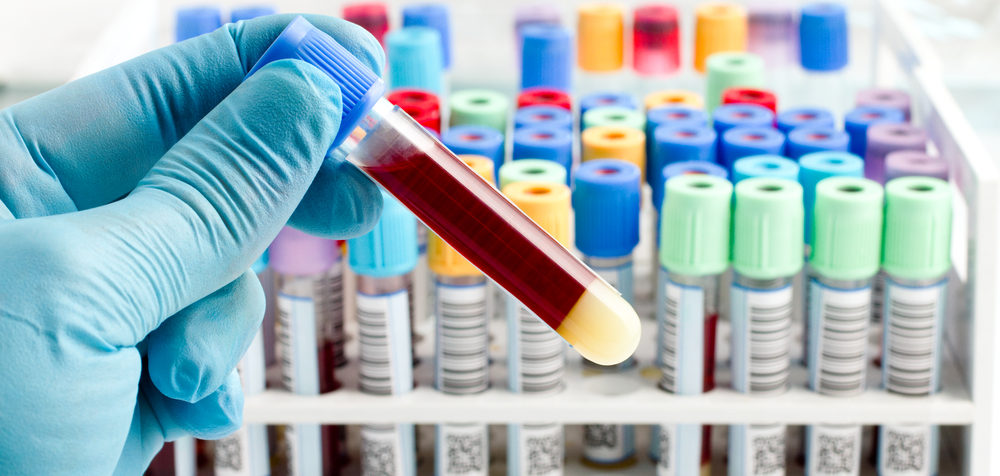
Researchers from the University of Technology Sydney (UTS) have developed a new device that can detect and analyze cancer cells solely from blood samples. The Static Droplet Microfluidic device would enable doctors to both avoid invasive biopsy surgeries and monitor treatment progress in a practical and cost-effective manner.
Professor Majid Warkiani from the UTS School of Biomedical Engineering pointed out that receiving a biopsy can cause discomfort to patients, as well as an increased risk of complications due to surgery and higher costs, yet currently is often the only way for an accurate cancer diagnosis.
“Managing cancer through the assessment of tumor cells in blood samples is far less invasive than taking tissue biopsies. It allows doctors to do repeat tests and monitor a patient’s response to treatment,” Warkiani said.
The device is able to rapidly detect circulating tumor cells that have broken away from a primary tumor and entered the bloodstream. The device uses a unique metabolic signature of cancer to differentiate tumor cells from normal blood cells.
This new technology is designed for integration into research and clinical labs without relying on high-end equipment and trained operators. This will enable doctors to diagnose and monitor cancer patients in a practical and cost-effective manner.
“In the 1920s, Otto Warburg discovered that cancer cells consume a lot of glucose and so produce more lactate. Our device monitors single cells for increased lactate using pH sensitive fluorescent dyes that detect acidification around cells,” said Warkiani. “A single tumor cell can exist among billions of blood cells in just one milliliter of blood, making it very difficult to find. The new detection technology has 38,400 chambers capable of isolating and classifying the number of metabolically active tumor cells.”
